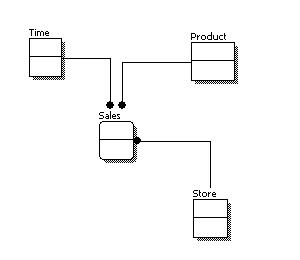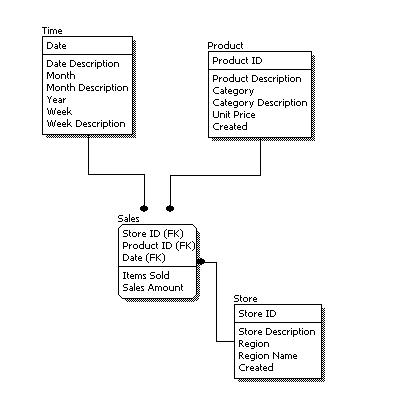Register now or log in to join your professional community.

Lets see the definations and the conceptual and logical versions of a single data model first then we'll see the comparision to understand the difference.
A conceptual data model identifies the highest-level relationships between the different entities.

A logical data model describes the data in as much detail as possible, without regard to how they will be physical implemented in the database.

Comparing the logical data model with the conceptual data model diagram shown above, the main differences between the two:
There is another physical level and here is its details .
Cheers!

First of all, thanks a lot Mr. Maalik for inviting me to answer this question.
Second: here is my answer which I found much more relevant from this site: http://www.1keydata.com/datawarehousing/conceptual-data-model.html
A conceptual data model identifies the highest-level relationships between the different entities. Features of conceptual data model include:
A logical data model describes the data in as much detail as possible, without regard to how they will be physicaly implemented in the database. Features of a logical data model include:
Normalization occurs at this level.

Conceptual data model you worry just about the high level design. You recognize entities in your model, and relationships between them.
Logical model comes after conceptual when you explicitly define what are the table columns in each table.

I think that in the conceptual data model you worry mostly about the high level design (what your objects will be and how do they relate to each other).
The logical model comes after conceptual model is defined and it is when you explicitly define what the table structure will be, and the relationships between the tables

A conceptual database design helps you analyze the conceptual structure of an information system, to identify the principal entities to be represented, their attributes, and the relationships between them.
Another side, a logical database design helps you analyze the structure of an information system, independent of any specific physical database implementation.
For additional help, visit here: http://www.keenesystems.com/Services/DatabaseDesign.aspx




Do you need help in adding the right keywords to your CV? Let our CV writing experts help you.